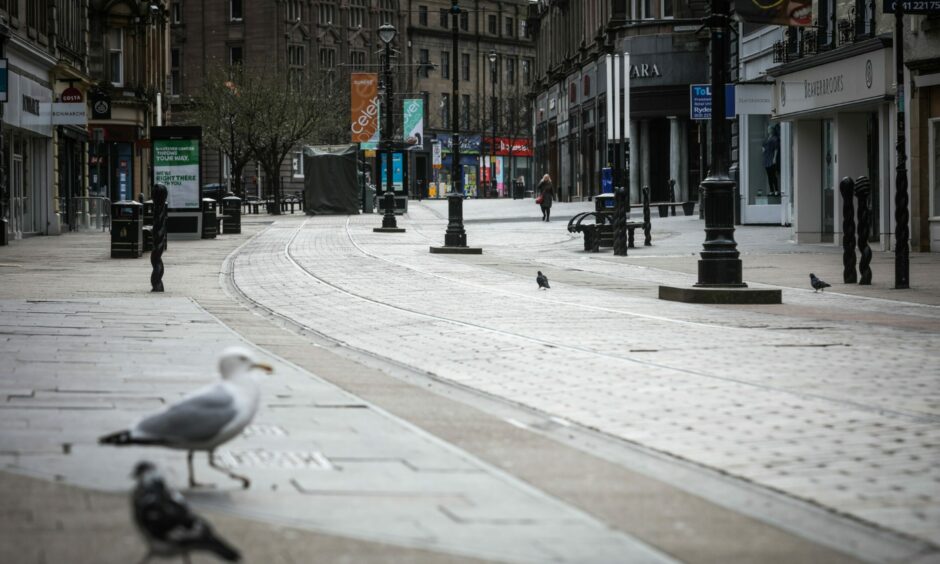
Schools were closed, parks lay deserted and town centres looked like ghost towns when the first lockdown forever changed life as we know it.
The Courier sent a team of photographers to capture images of once-bustling streets bereft of human activity and document the twists and turns of the Covid pandemic.
These haunting images lay bare the early days of restrictions which became part of everyday life following Boris Johnson’s announcement on March 23 2020.
But then previously unknown expressions such as self-isolating, virtual classroom, contact-tracing and PPE became part of our everyday vocabulary.
In the days and weeks before the announcement, a series of events had signalled that things were about to change.
News first emerged of patients being tested for the virus in Scotland on January 23, with negative results being reported the following day.
By January 30 Scotland’s chief medical officer, Dr Catherine Calderwood, warned a positive case was “highly likely” in the coming days.
Just under a week later, Dr Calderwood said large gatherings might be banned in Scotland, citing action being taken in Italy, which declared a state of emergency.
NHS Tayside’s director of public health, Drew Walker, addressed members of Dundee Integrated Joint Board and said the region was ready for the worst-case scenario.
He said: “It is too early to say the extent to which we need to be worried.
“I think what is happening in Italy is just an indication of what could happen here. We could see something like this in Scotland but we may not.
“We could get through the next few months without seeing what’s happening in Italy.
“There are hopes that when the summer months arrive that the virus will be less transmittable and less virulent.
“You always hope for the best but you prepare for the worst.
“We are prepared for any eventuality.”
The virus was first confirmed to have spread to Scotland on March 1 when a Tayside resident who had recently returned from Italy tested positive for Covid-19.
The Tayside case brought the number in the UK to 13.
Dr Calderwood said Scotland would continue with “business as usual” while, in the first of what would become daily briefings, First Minister Nicola Sturgeon said the Scottish Government expected a “significant outbreak of coronavirus”.
A week after the first case, there were 18 confirmed cases but the following day the first minister stressed there were no plans to close schools.
Two days later the first case of community transmission was confirmed north of the border and Ms Sturgeon announced mass gatherings would be cancelled.
The World Health Organisation (WHO) declared a pandemic on March 11.
On March 13 the first death of a Covid-19 patient in Scotland was announced, as confirmed cases hit 85.
By March 15, some schools began to close and the Scottish Government announced those with symptoms would no longer be routinely tested for the virus and should not seek medical help unless their condition deteriorated.
The second death came two days later, with a third the following day, as it was announced all schools would close by the end of the week.
By March 22, three weeks after the first confirmed case, 10 people had died and there were 416 confirmed cases.
All restaurants, cafés, pubs and cinemas had been asked to close and people were told to practise social distancing, with stricter measures for the more vulnerable.
The furlough scheme introduced by Rishi Sunak was broadly welcomed as an important intervention to protect jobs.
At 5pm on March 23, Boris Johnson addressed the nation and announced a complete lockdown of the UK because “the time has now come for us all to do more”.
He said: “From this evening I must give the British people a very simple instruction – you must stay at home.
“Because the critical thing we must do is: stop the disease spreading between households.
“No prime minister wants to enact measures like this.”
Mr Johnson said people should only go outside if it was to buy food, to exercise once a day or to go to work “if they absolutely cannot work from home”.
Anyone caught defying the lockdown would face a £30 fine and court action.
At a press conference, Ms Sturgeon confirmed that the same rules would apply in Scotland and described the virus as “the biggest challenge of our lifetime”.
Dr Calderwood added: “This is not a rehearsal. This is real life.”
Weeks later, Dr Calderwood resigned after visiting her second home in contravention of her own advice.
She was among the first high-profile rule-breakers.
In the first few weeks of lockdown, it was common to visit the supermarket and be faced with empty shelves cleared of toilet roll, rice, pasta and hand sanitiser.
Covid testing sites popped up all over.
No one could know just how the intervening months and years would pan out.
The residents of Courier country set about adjusting to the new circumstances.
As people got to grips with home working, technology was embraced like never before and video call apps such as Zoom became part of everyday life.
Parents suddenly had the responsibility of home schooling and teachers had their work cut out educating at a distance.
Dundee parents Emma and Roy Hann, with 13 children, were among those frazzled families struggling with the challenges of juggling what was now the “new normal“.
“It’s a little bit crazy, a little bit chaotic and a little bit scary, but it’s actually nice to get back to being a family,” said Emma.
“Usually everyone is in and out at different times for work and school but now we are all stuck at home, we are getting back to a routine and it’s mad, but in a lot of ways not such a bad thing.
“With us all back home, we’re going back to how it used to be, and it is pretty strange.
“Of course, we’ve had to adjust with introducing rules and a bit more routine and activity, but we’re surviving and working well together.”
The family went back to basics, putting house rules in place, splitting up the chores and encouraging the children to exercise more independence and teamwork.
Emma said: “We aren’t really doing home schooling.
“We have a few learning apps and homework packs, so are working through those a little every day, although the schedule isn’t rigid.
“It would be too hard to keep that many kids in check all day long!
“We’ve introduced things like PE sessions with Joe Wicks, and doing 100 jumps on the trampoline.
“And we’re going back to things we have done before, like bringing back a tuck shop so the kids can spend their pocket money, and they can earn more for helping out.”
Bedrooms became makeshift offices while living rooms became activity centres, classrooms, games rooms and a million other venues for indoor fun.
People did what they could to brighten up the long days, from painting stones for community caterpillars to getting dressed up.
From major club and international football to the golf and tennis tours, Covid decimated the sporting landscape within 48 hours of total lockdown.
Demand for computers, games and fitness equipment increased.
We all had to get used to the strange new normal of only meeting up outside and, even then, staying two metres apart.
Hugging friends and family was on hold while face coverings were ordered to be worn in shops and public transport from June 2020.
The weekly Clap for Carers ritual ran for 10 weeks as the nation came to a fuller understanding of their true worth.
Captain Sir Tom Moore led the way in raising funds for the NHS and other charities involved in pandemic-related support.
He inspired many including Dundee street graffiti artist Symon Mathieson, who added Captain Tom to his long list of impressive works in a lockdown tribute.
A ban on all social gatherings meant people had to get creative when it came to celebrating life’s milestones.
With venues closed, virtual events started popping up.
Arbroath singer Alan Mowatt proved the show must go on when he carried on singing during a lockdown performance for the NHS despite suffering a heart attack.
After a glass of water and a break of just a couple of minutes, Alan felt fit enough to carry on, but when the Facebook Live feed ended he was rushed by ambulance to Dundee’s Ninewells Hospital.
Alan underwent a triple bypass operation and returned to the stage.
Thankfully, Scots eventually saw life get back to some normality with restrictions eased at various points over summer 2020, including returning to school in August.
Despite the progress, from November a set of local lockdown rules were put in place, allowing areas to be placed under different restrictions based on the number of cases.
Fife, Dundee, Angus and Perth and Kinross moved between Level 3 and 4, with travel banned outwith the area.
On January 4 Ms Sturgeon updated Scots and said all of mainland Scotland would enter a second lockdown.
By March 2021, one year on from the announcement of the first lockdown, two million people in Scotland were vaccinated against Covid.
The Stay at Home guidance introduced in January was finally relaxed in April.
Scotland moved beyond Level 0 on August 9 2021, which ended the legal requirement for physical distancing and limits on gatherings.
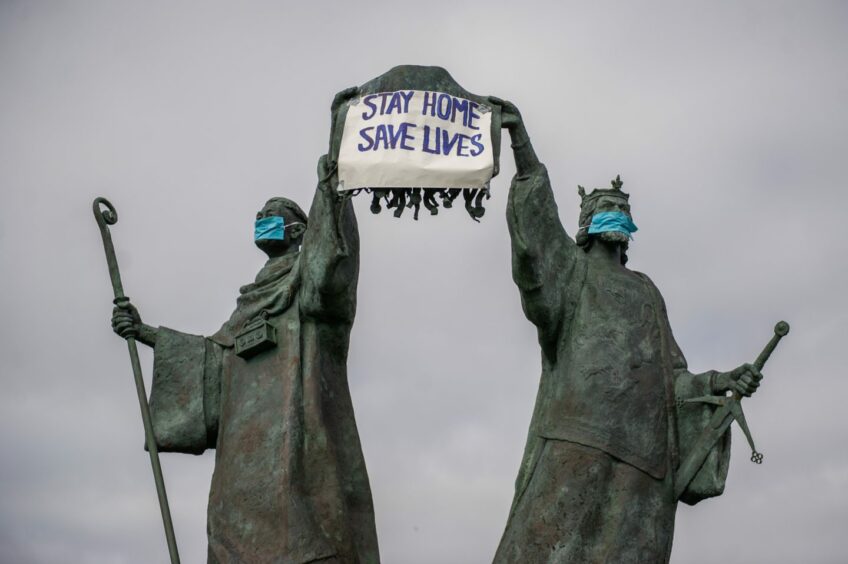
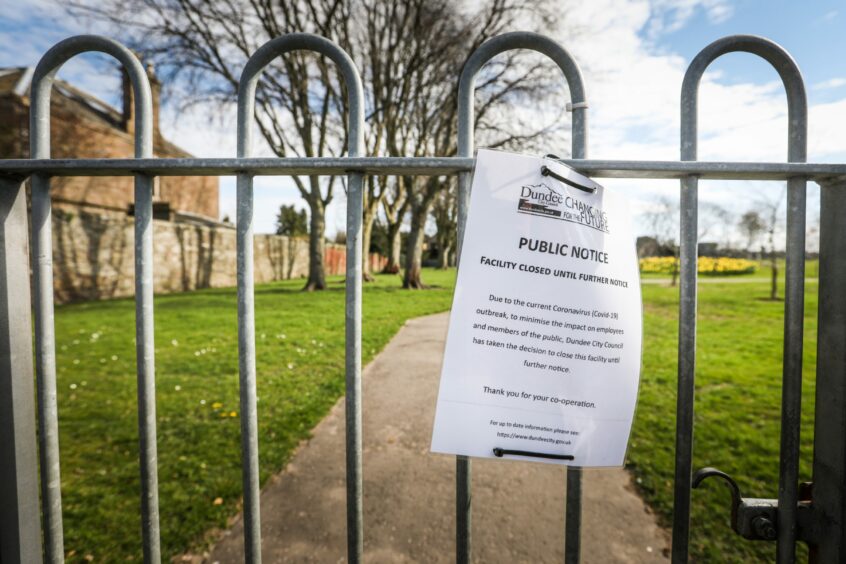
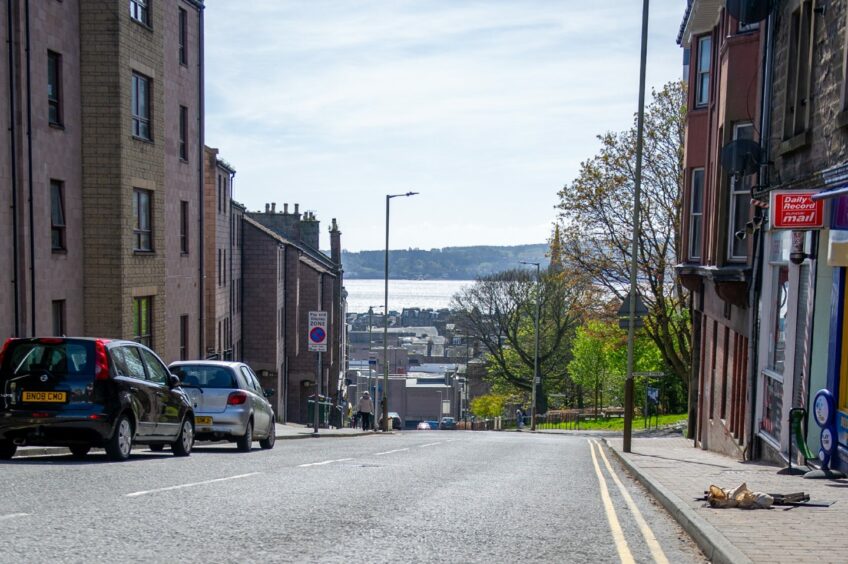
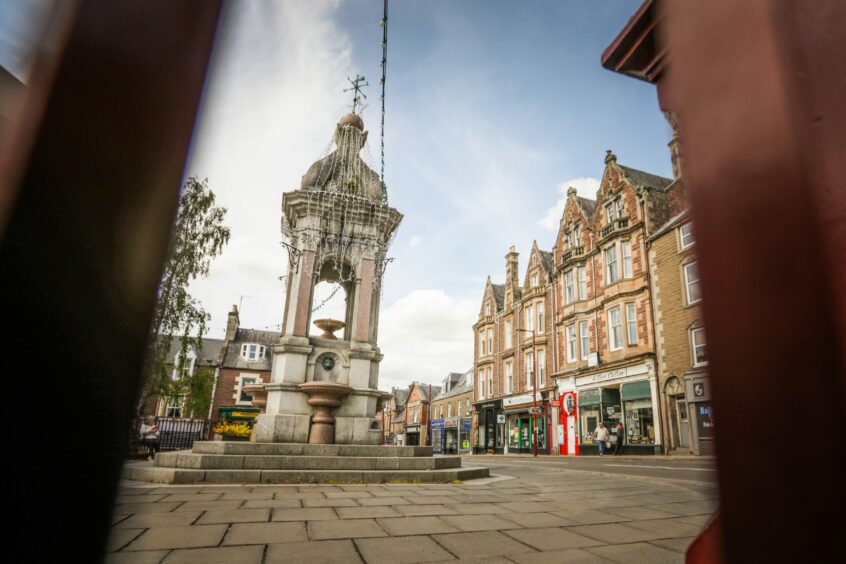
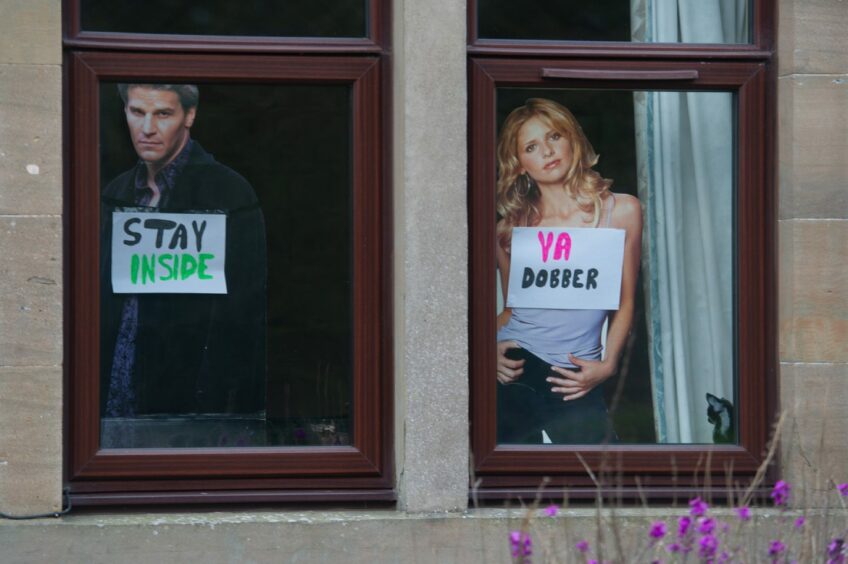
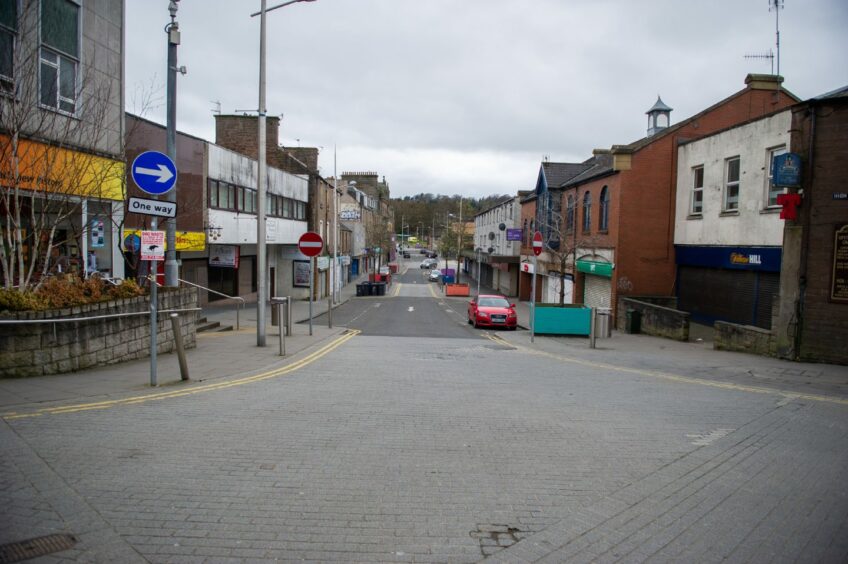
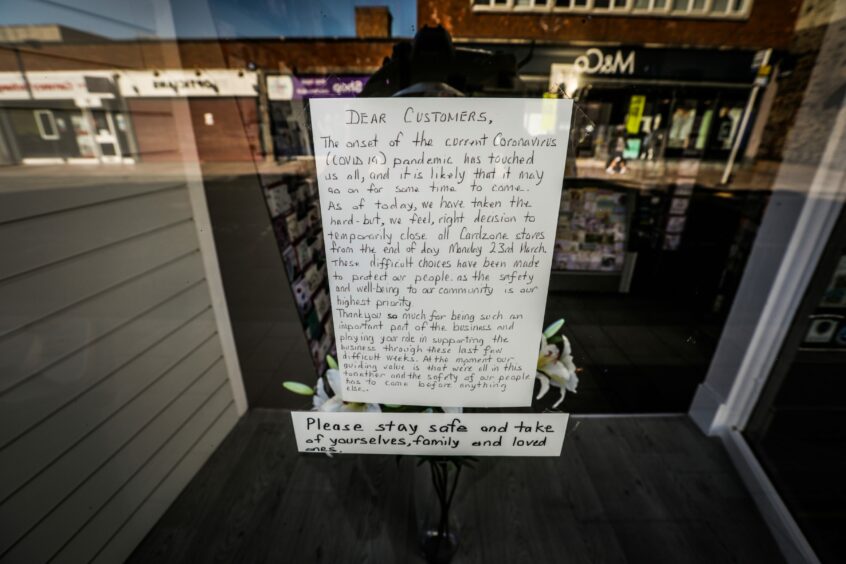
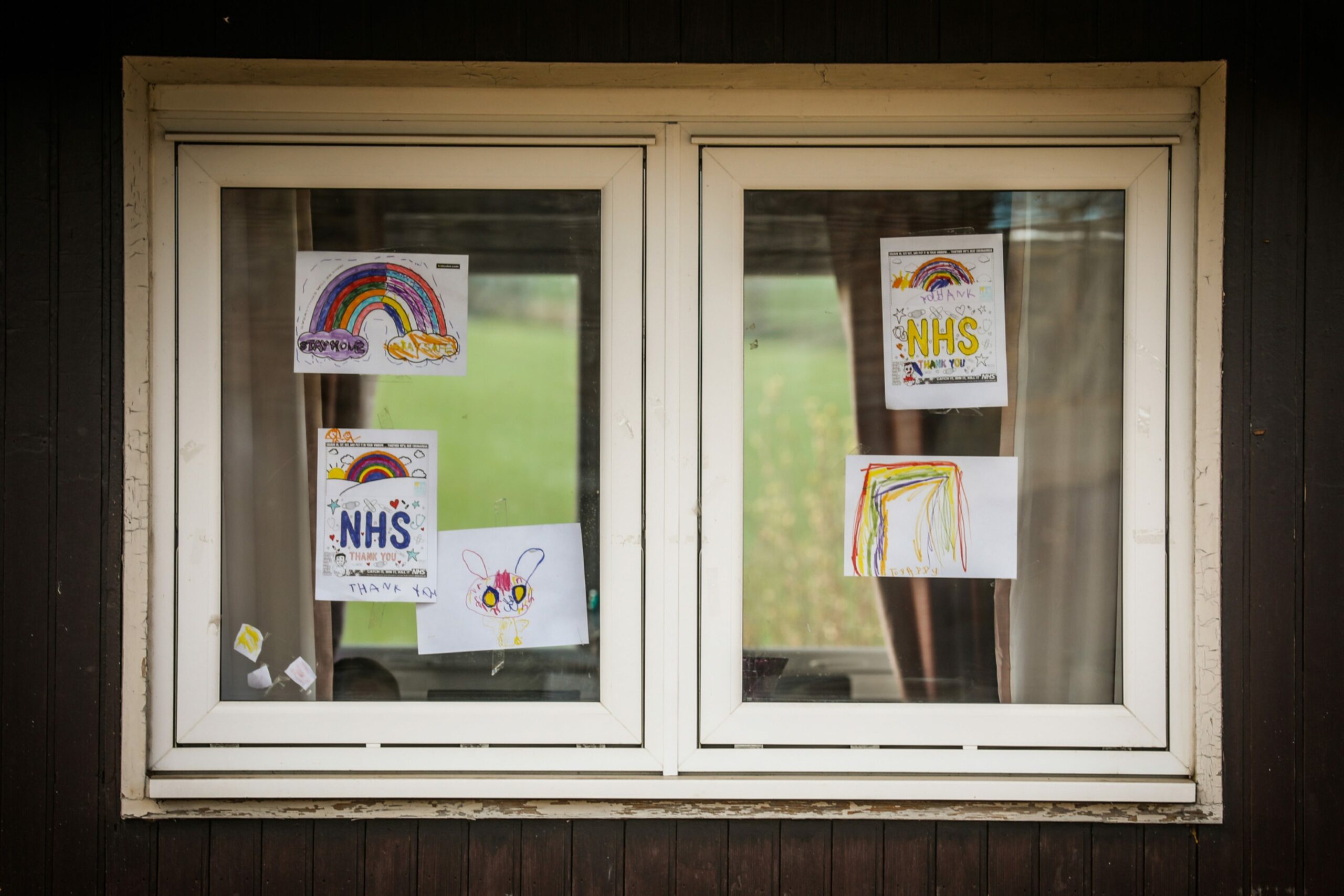
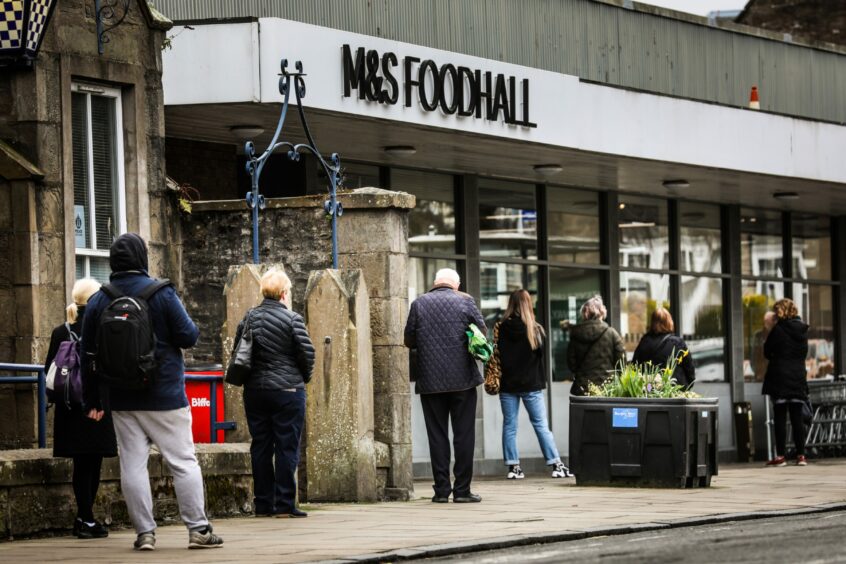
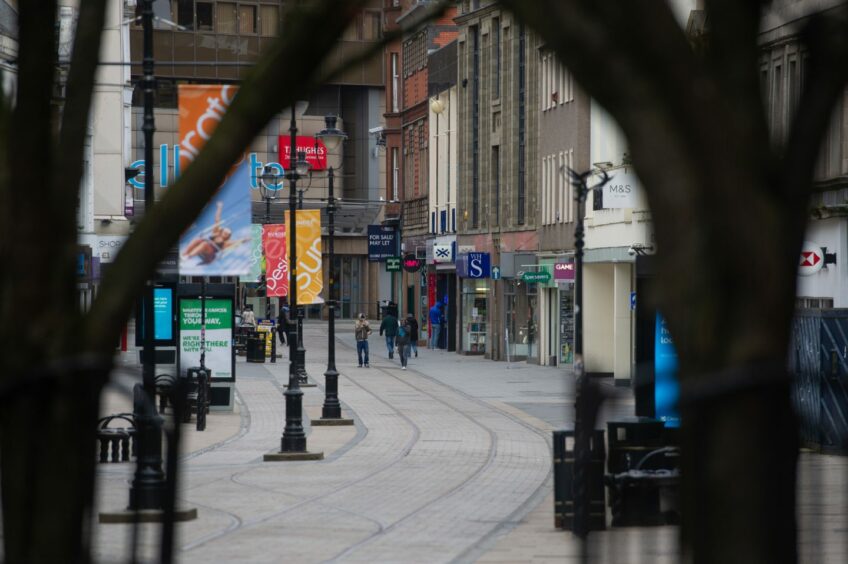
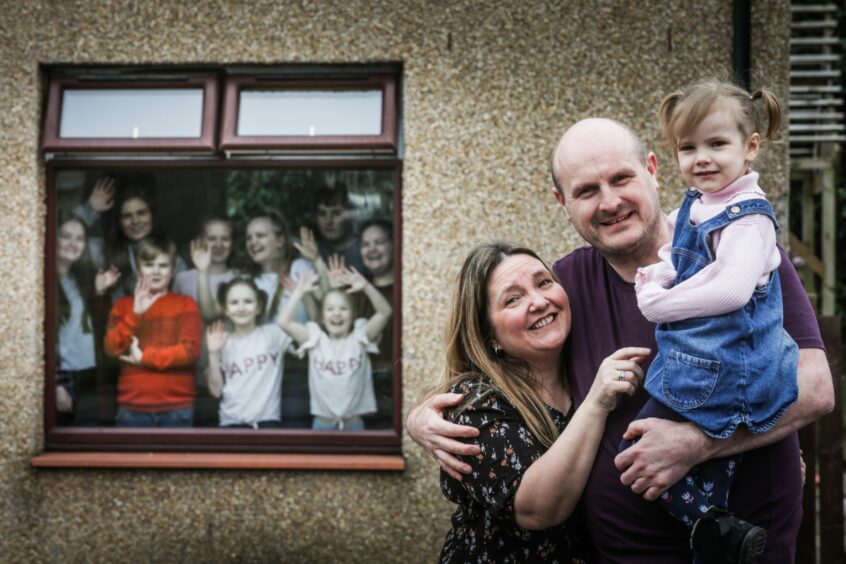
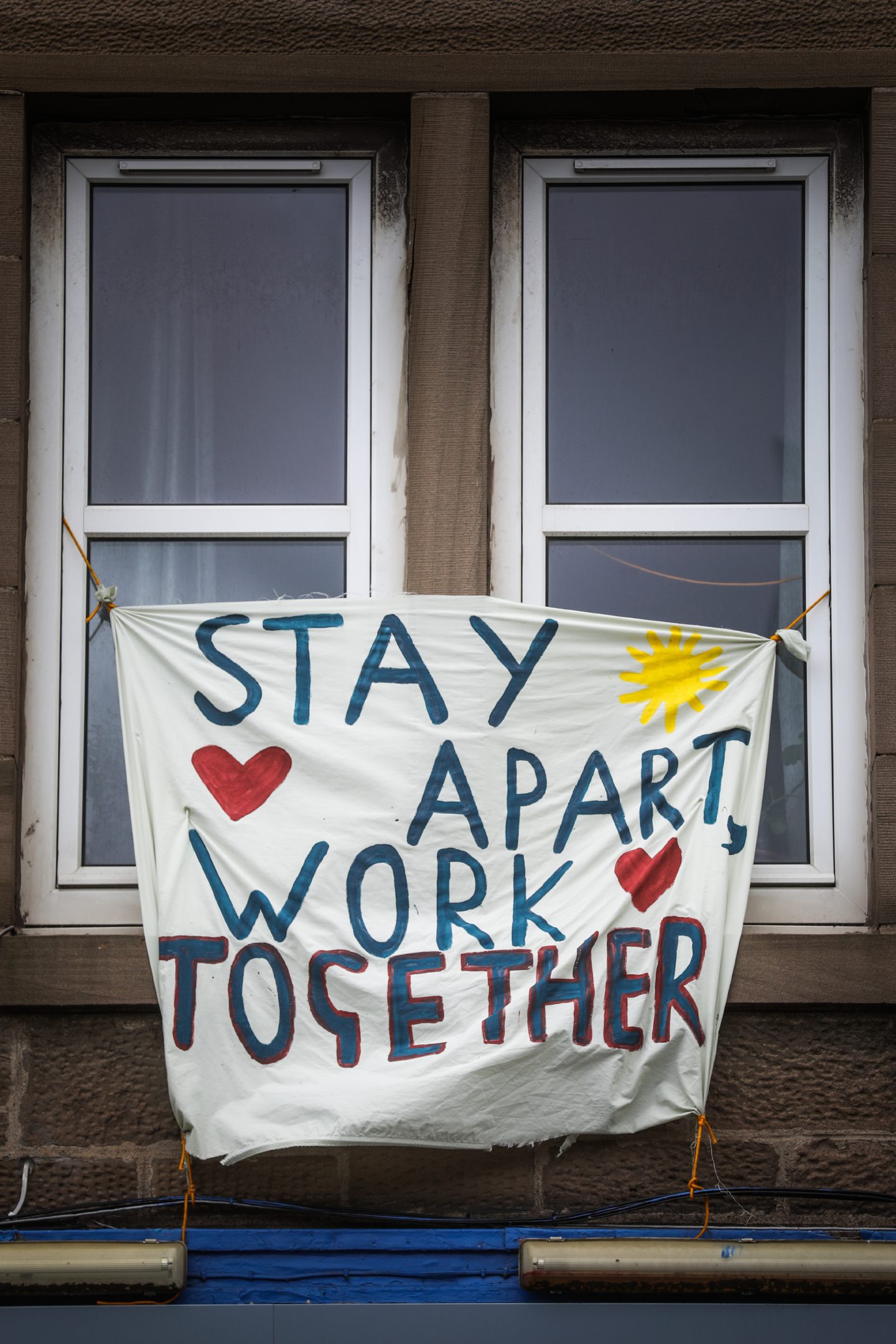
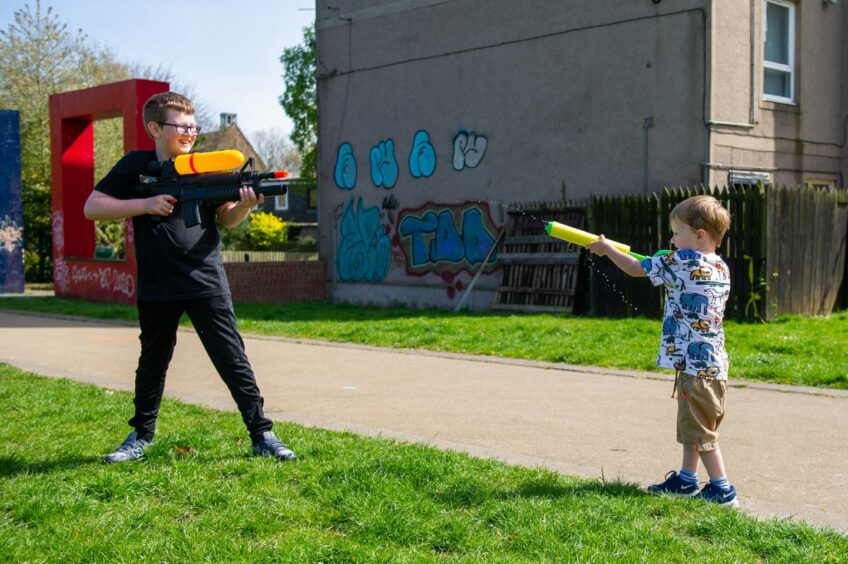
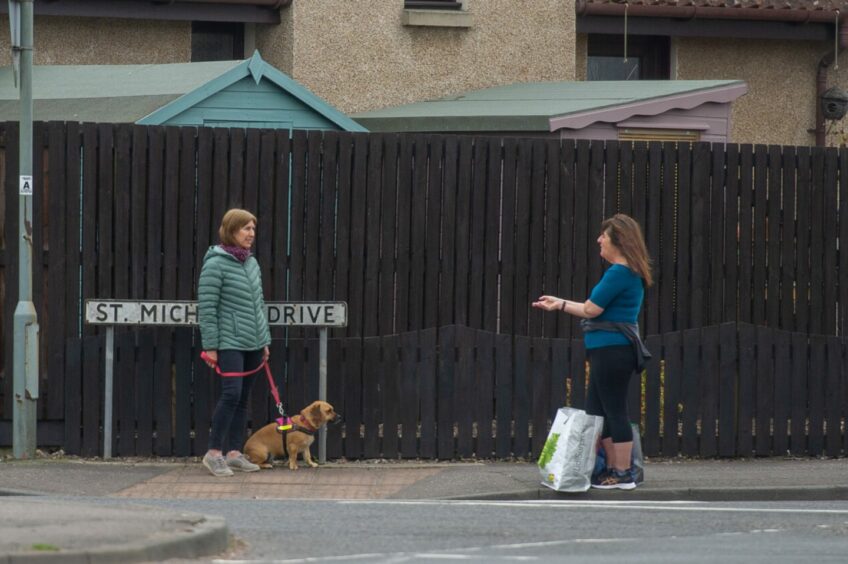
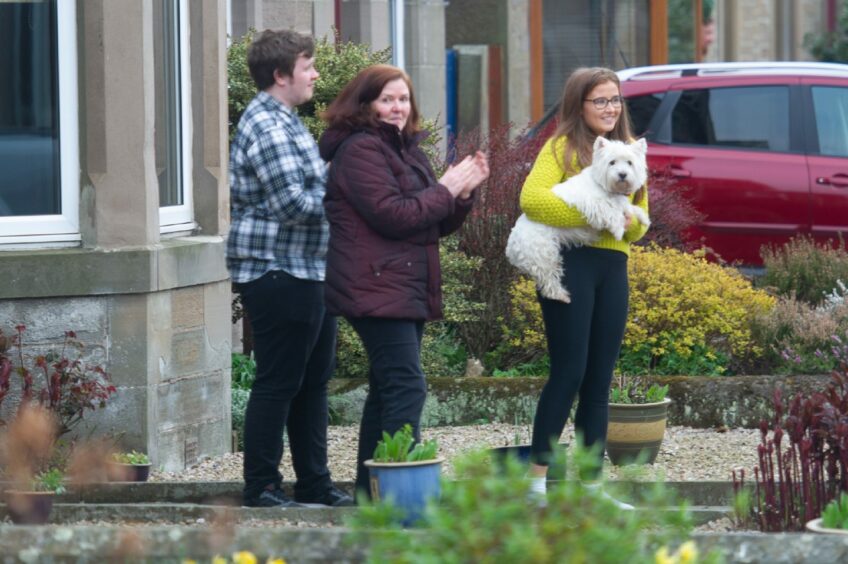
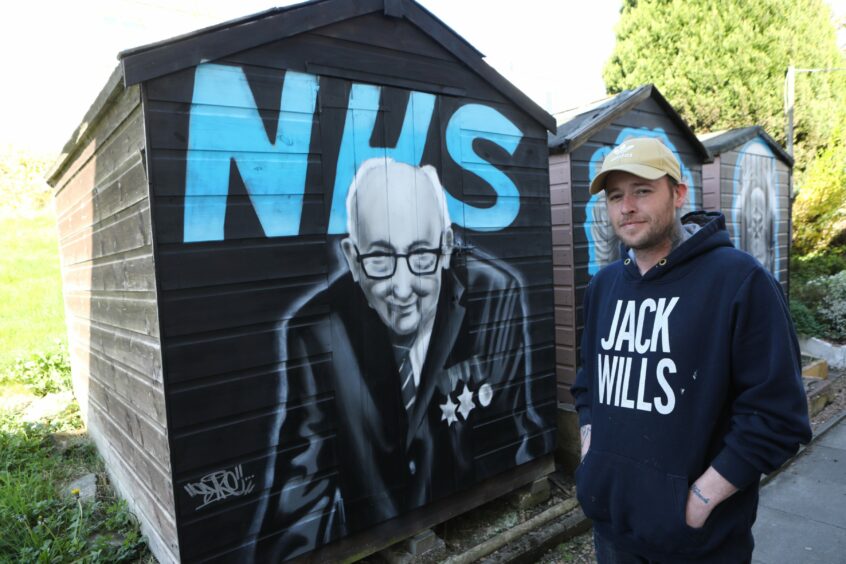
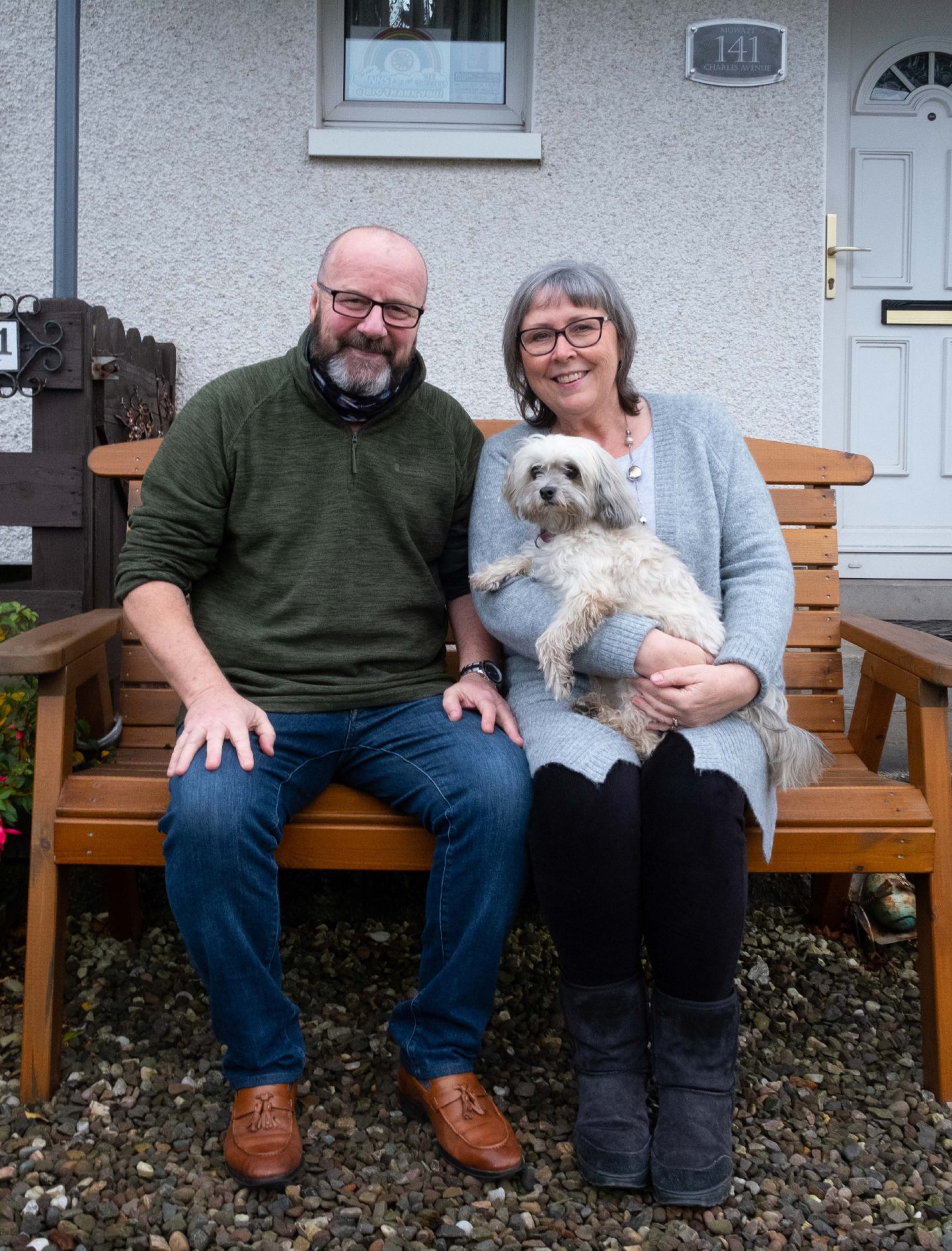
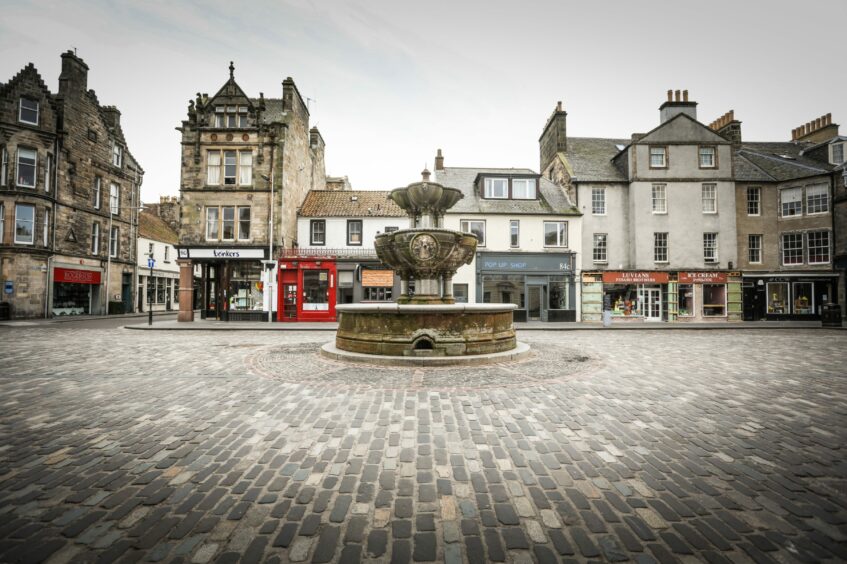










Conversation